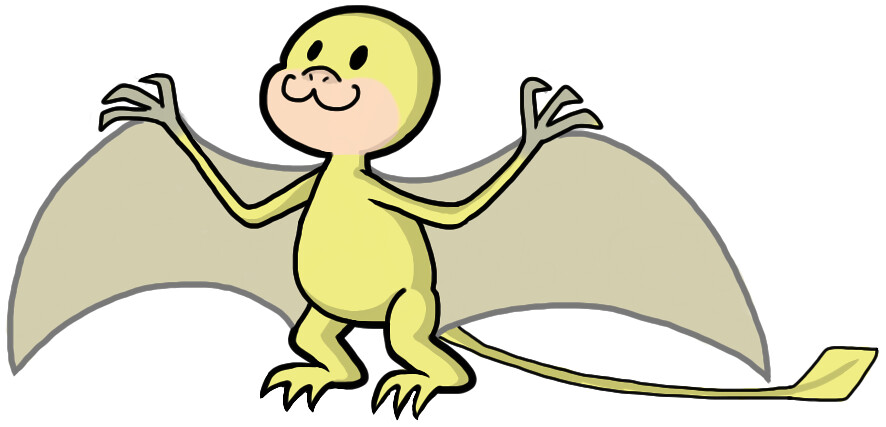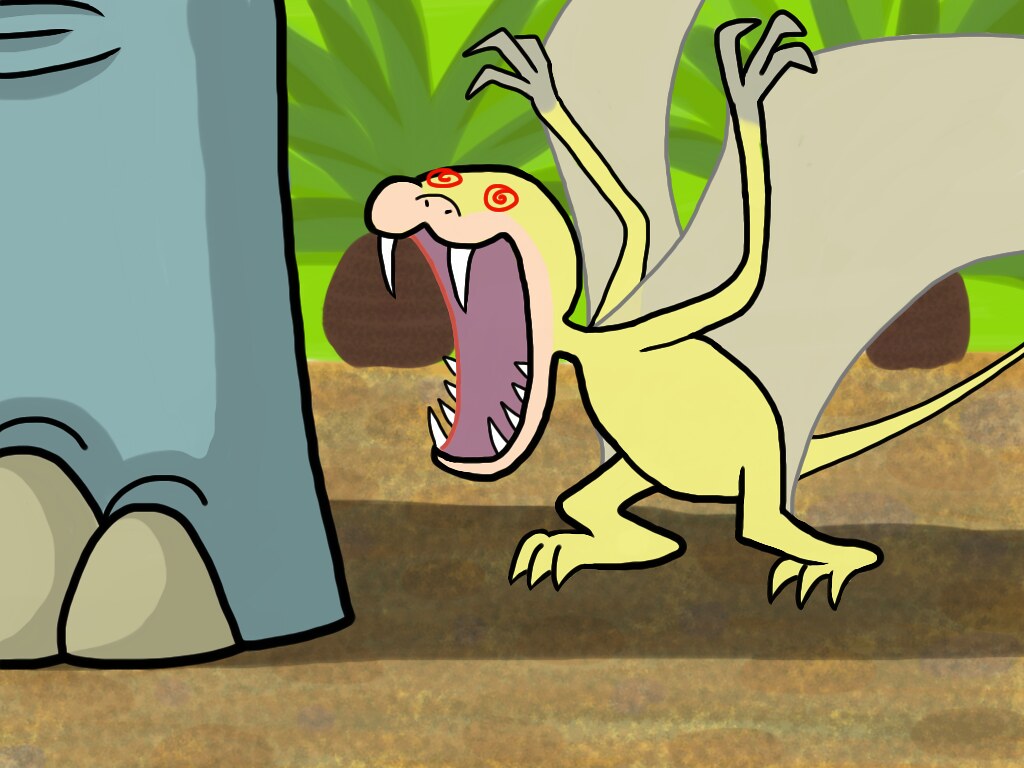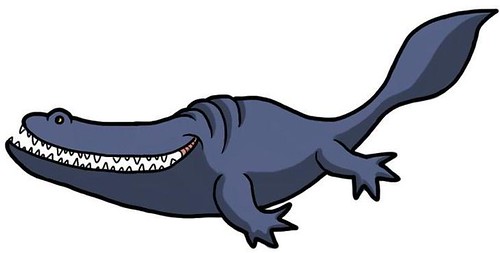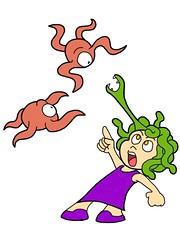Today's critter is the recently discovered dinosaur linhenykus, a two foot tall fellow from China. It is a member of the alvarezsauridae family, a group of dinosaurs that were originally believed to be birds due to their strikingly avian skeleton and muscle structure. All alvarezsaurids have tiny, stubby hands with huge claws, but linhenykus is unique. It only has one finger. No stubs, no vestigial bones, just two solitary fingers with large claws.
What's interesting about this is that linhenykus is not the pinnacle of alvarezsauridea evolution. Linhenykus was an early member of the family. A number of alvarezsaurids came after it with more fingers as well as some with just the one. This implies that these dinosaurs went through an ongoing process or gaining and losing the digits. While this discovery has helped to answer some questions about this dinosaur family, scientists are still not sure what exactly these tiny limbs were for.
One possibility is that linhenykus' unique single digits could have been used to dig for termites. The palms face downward which would make them very good digging and scratching tools.
Two notes about this picture. Real linhenykus, like all alvarezsaurids, had feathers. They were just hard to draw. The other thing is that as far as I know linhenykus did not have an elongated termite-eating tongue. I just started thinking about numbats and then I decided to run with it.





